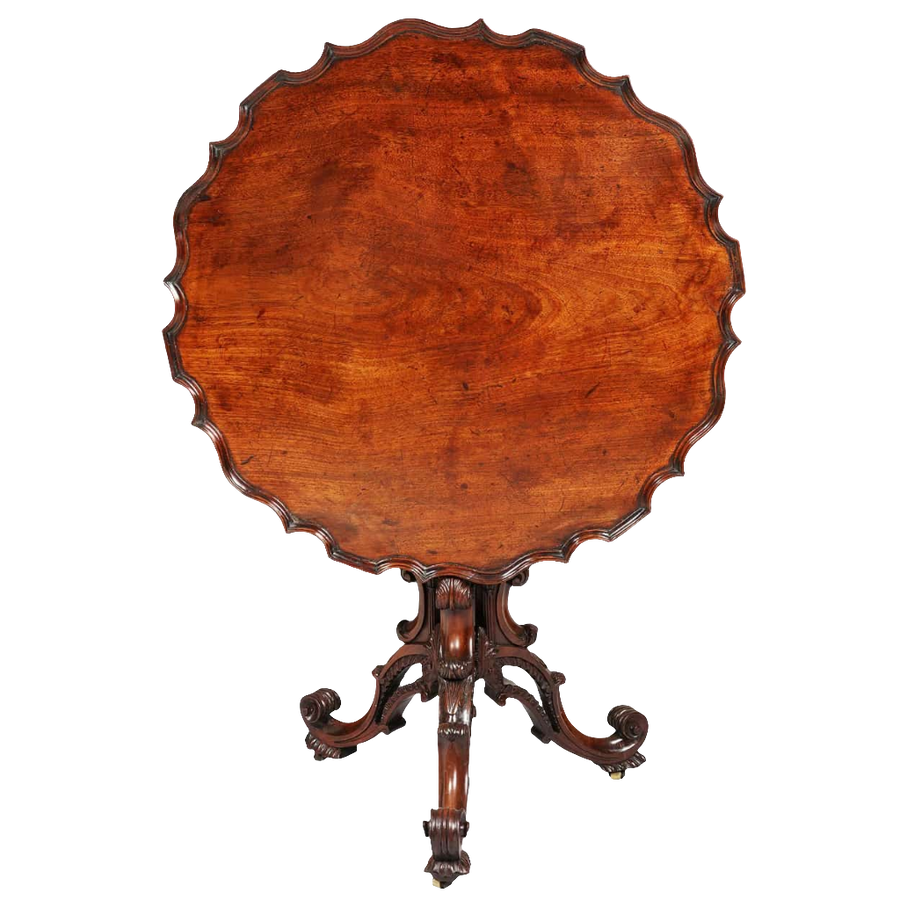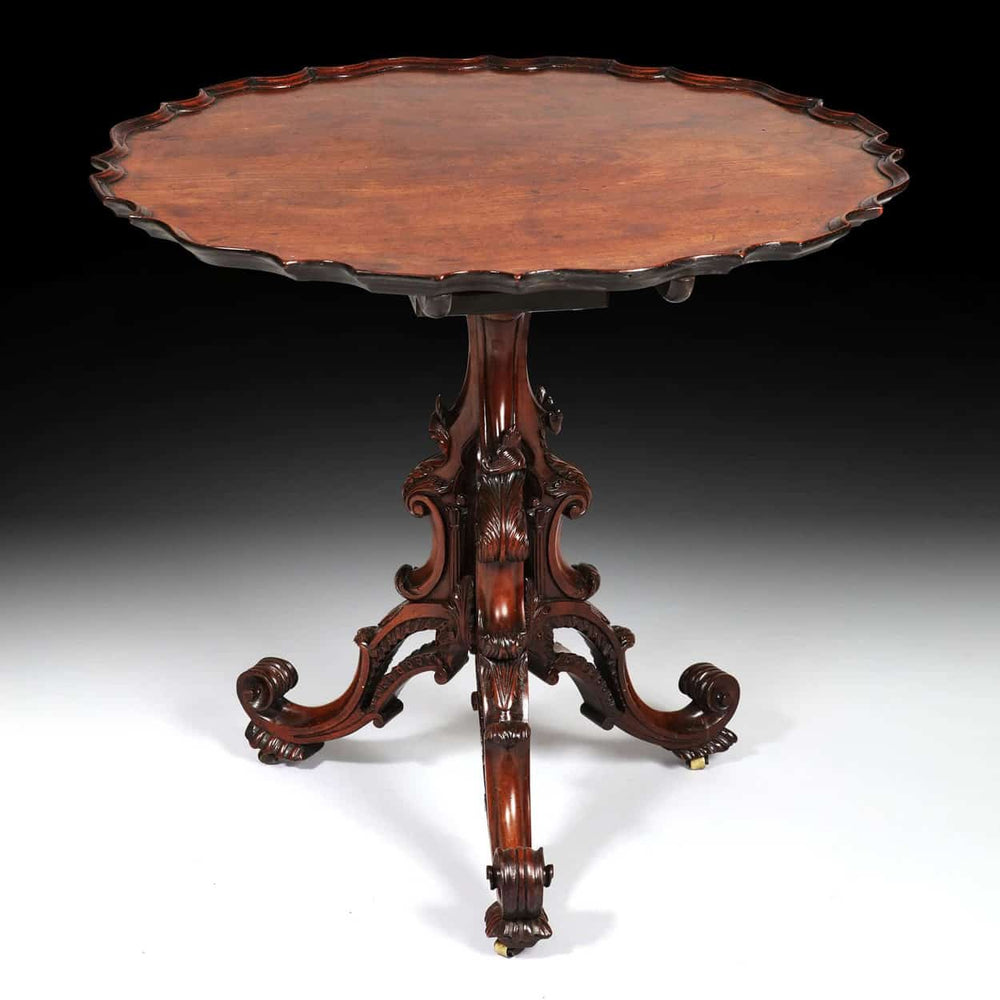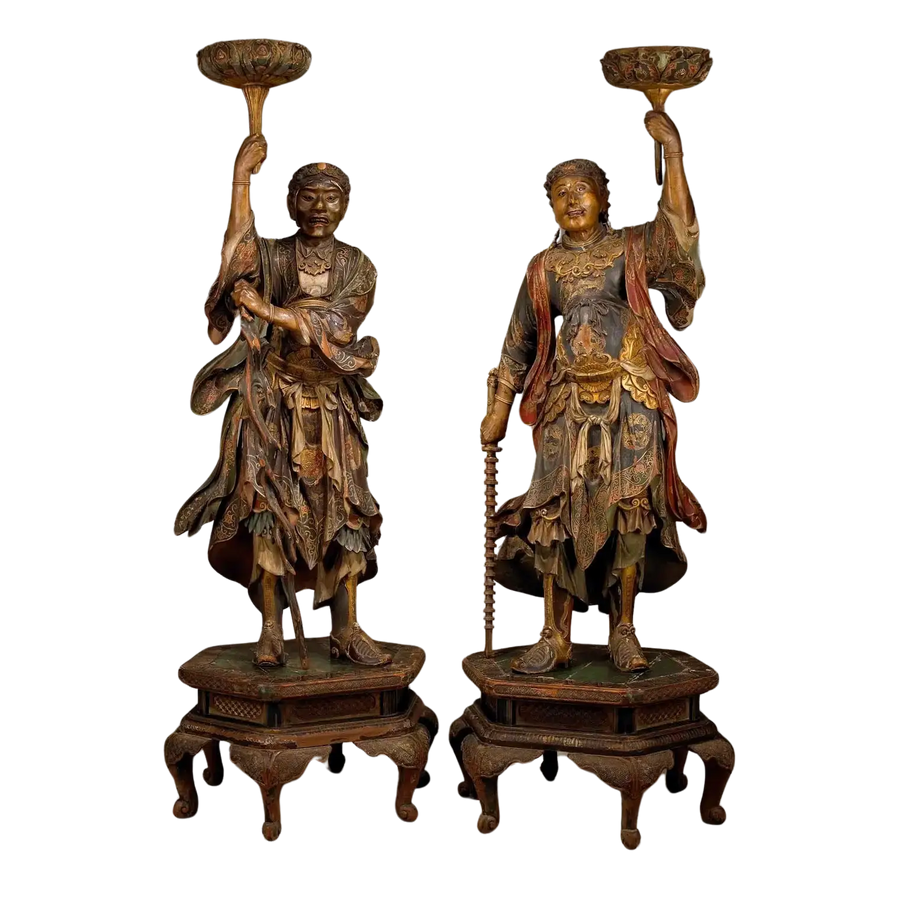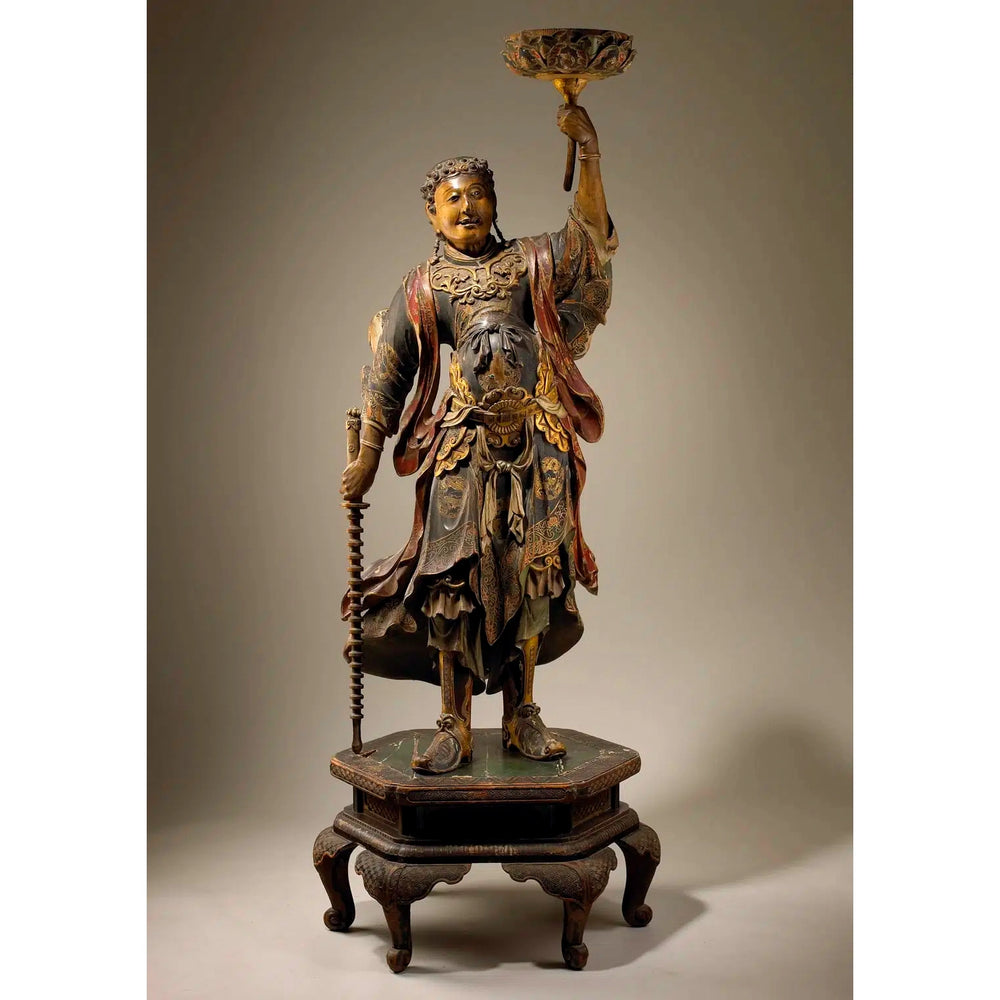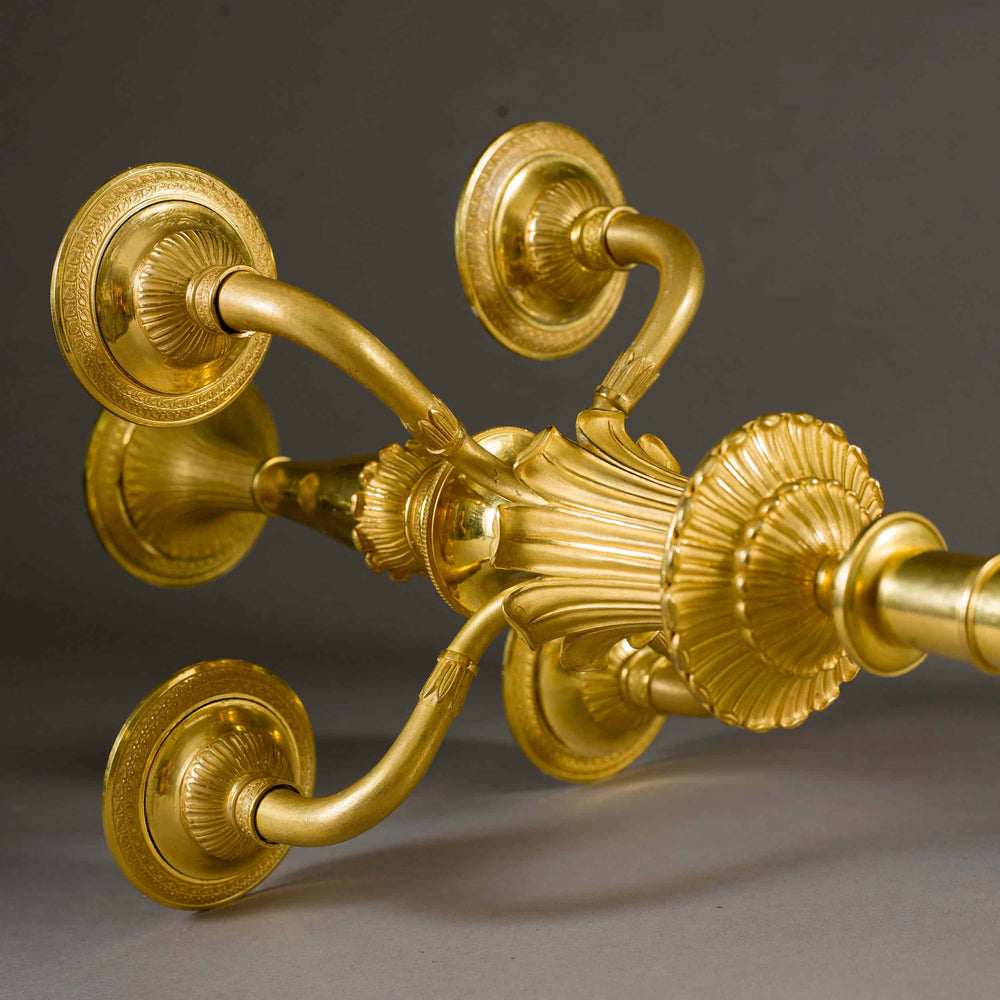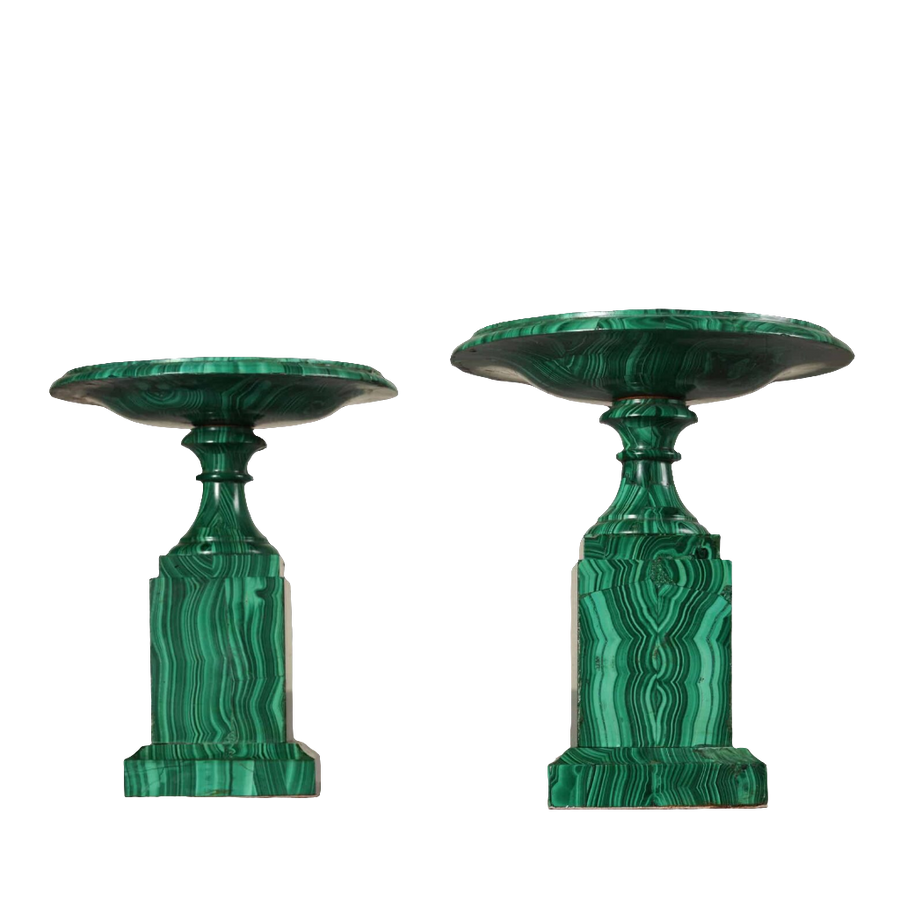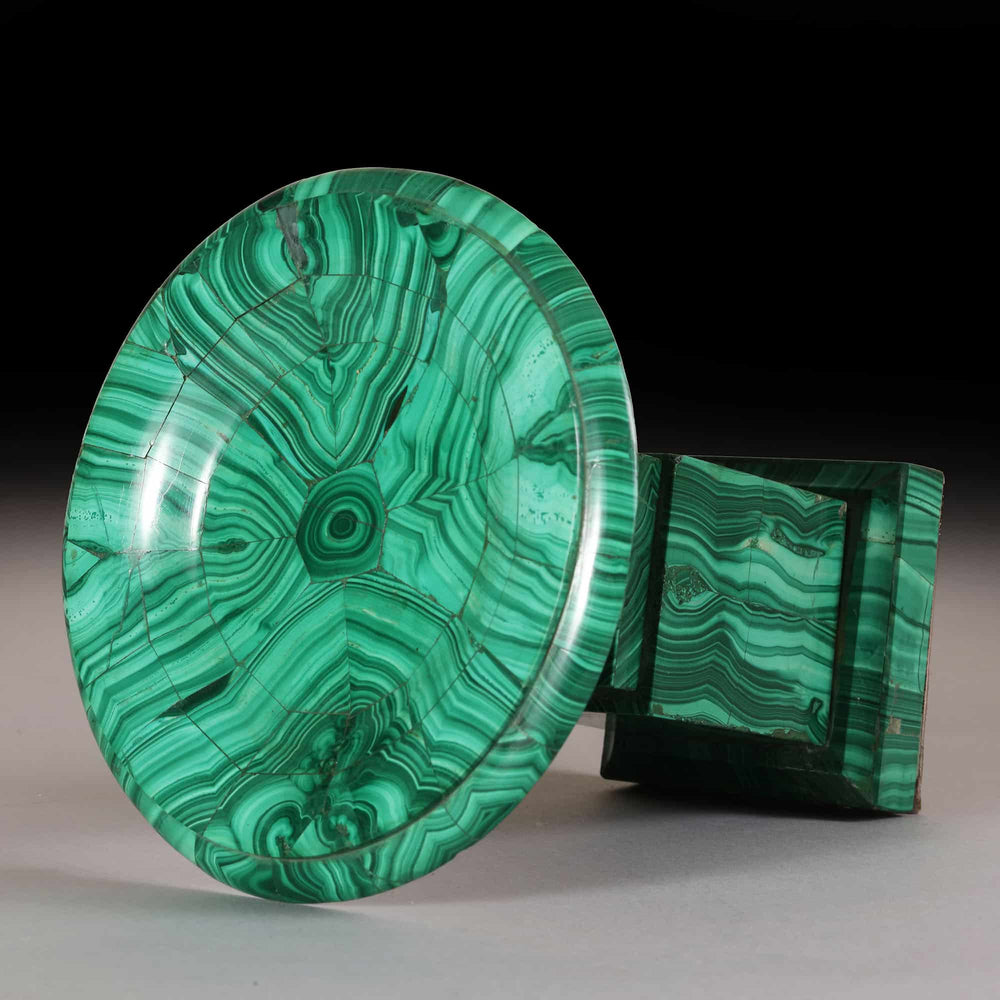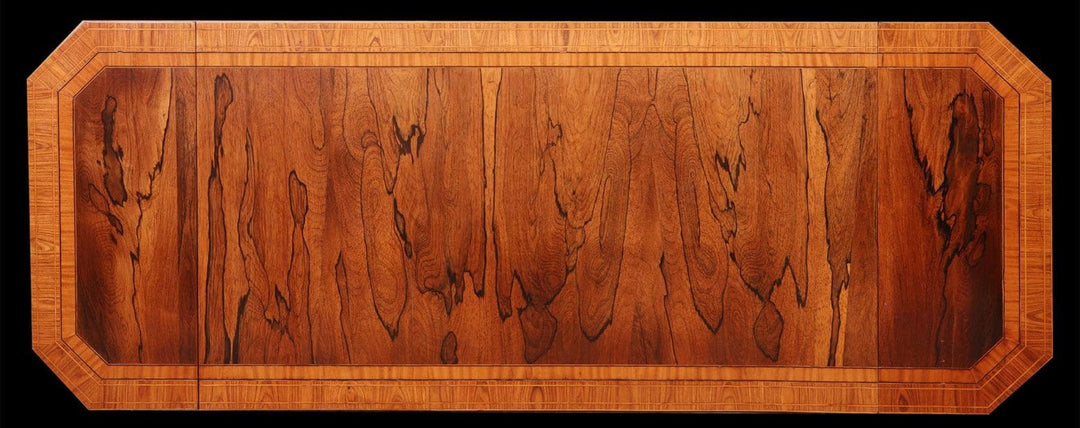
Enlightenment, Elegance, and Empire
The reign of Catherine II of Russia (1762–1796) marked a transformative period in the development of Russian decorative arts. Embracing the ideals of the Enlightenment, Catherine sought to elevate Russia’s cultural standing by cultivating artistic excellence and aligning the empire’s aesthetic with Western Europe. Her passion for art and architecture resulted in an era that witnessed the rise of Neoclassicism, and the establishment of St Petersburg as a European cultural capital.
Artistic Patronage and Cultural Ambition
Catherine’s extensive patronage fostered a creative renaissance, drawing heavily on French and English artistic traditions. A notable achievement of this period was the foundation of the State Hermitage Museum, which housed a growing collection of European art and exemplified the empress’s vision of a cosmopolitan Russia.
Russian decorative arts flourished under her guidance, with artisans producing fine metalwork, porcelain, glassware, and illuminated manuscripts that blended Byzantine symbolism with Western classical motifs. This synthesis of styles defined the artistic identity of the era and laid the foundation for Russia’s future creative endeavours.
The Western Influence: France and England
France, in particular, played a central role in shaping Russian tastes. Cultural exchanges included artistic instruction, scientific collaboration, and architectural commissions. French investment also contributed to Russia’s broader economic and cultural modernisation. This relationship intensified in the latter half of the 19th century, reflecting a strategic and artistic alignment.
Architectural Refinement
Catherine’s distaste for the flamboyant Baroque favoured by her predecessor, Empress Elizabeth, inspired a widespread shift towards the Neoclassical style. Architects with Francophile leanings were commissioned to build elegant palaces, galleries, and civic institutions. Notable examples include:
- The Small Hermitage, an early beacon of Neoclassicism, illustrating restraint and symmetry.
- The Virgin of Kazan Cathedral and the St Petersburg Academy of Arts, both showcasing the balance and order characteristic of the new classical aesthetic.
This architectural transition not only reflected Catherine’s personal taste but symbolised Russia’s artistic realignment with Enlightenment ideals.
Legacy
The decorative arts of Catherine’s era remain a testament to her vision of a culturally enriched Russia. By fusing Eastern traditions with Western sophistication, the empress shaped a unique artistic language that continues to inspire admiration. Her reign stands as a defining chapter in the evolution of Russian craftsmanship, design, and cultural identity.
Image: IMPERIAL ARMORY. Centre Table. c. 1780-1785
Steel, silver, gilt copper, gilt brass, basswood; replaced mirror glass. 69.9 × 55.9 × 38.1 cm. Purchase, the Annenberg Foundation Gift, 2002 Metropolitan Museum




